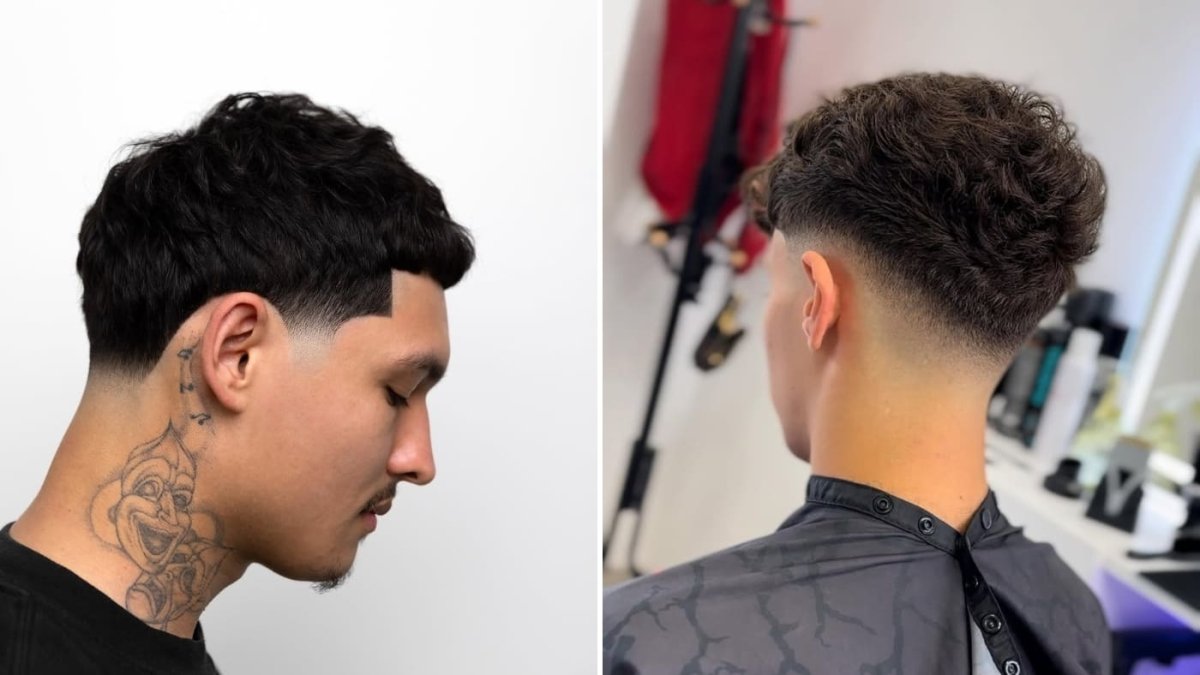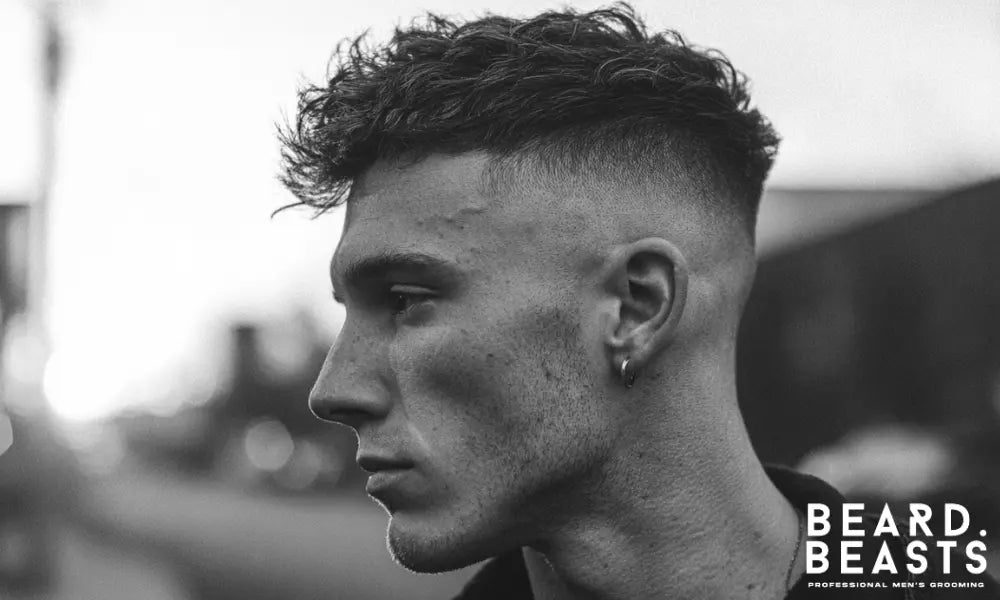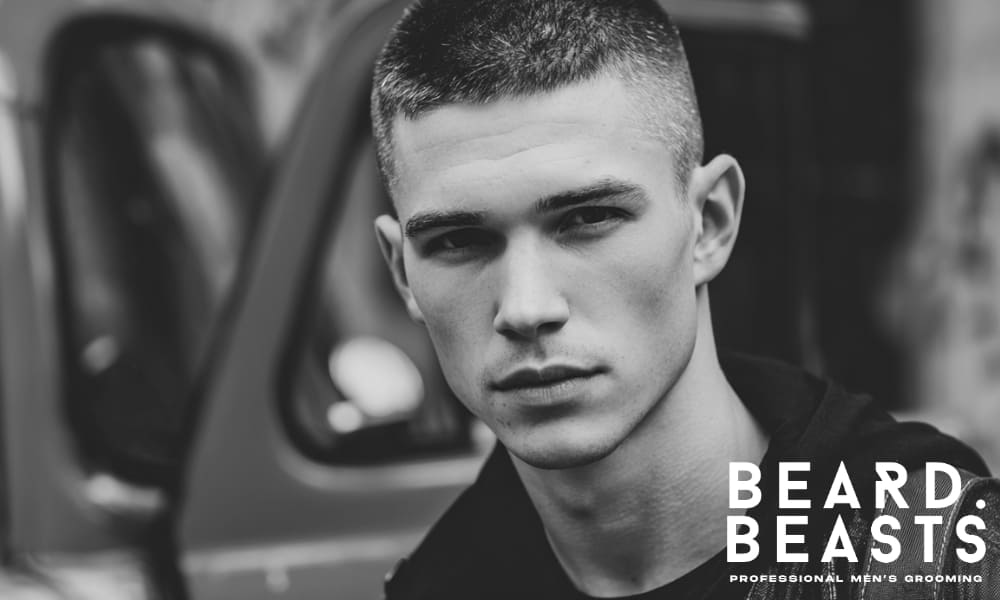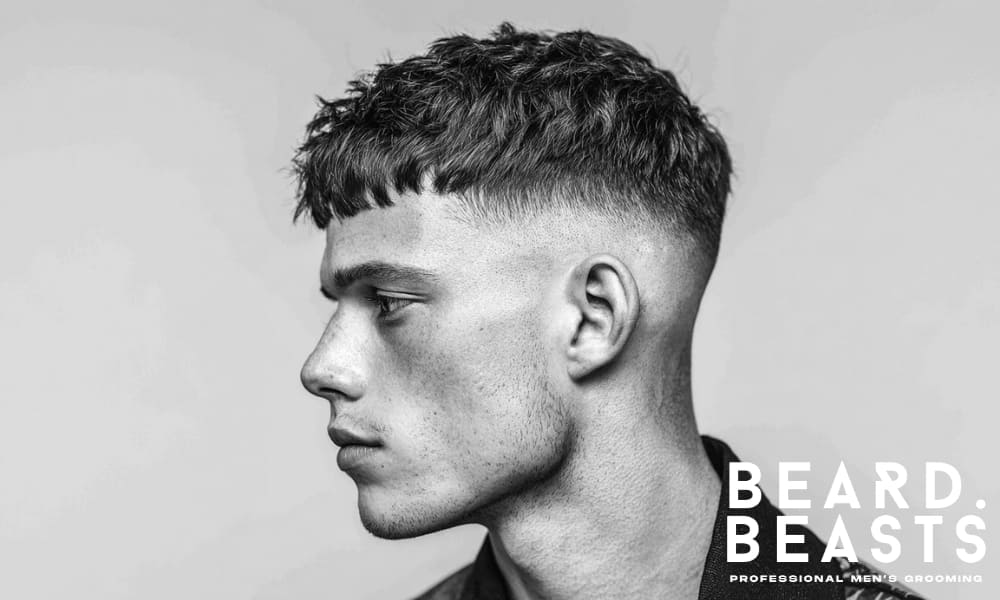The debate of the low taper vs low fade comes up often for men who want a sharp, well-groomed look. Both cuts are modern staples, but the way they’re executed creates very different results in terms of contrast, upkeep, and overall style.
In this guide, we’ll break down the key differences between a low taper and a low fade, showing you how each works with your hair type, face shape, and lifestyle. By the end, you’ll know exactly which cut deserves a place in your grooming routine.
What Is a Low Taper?
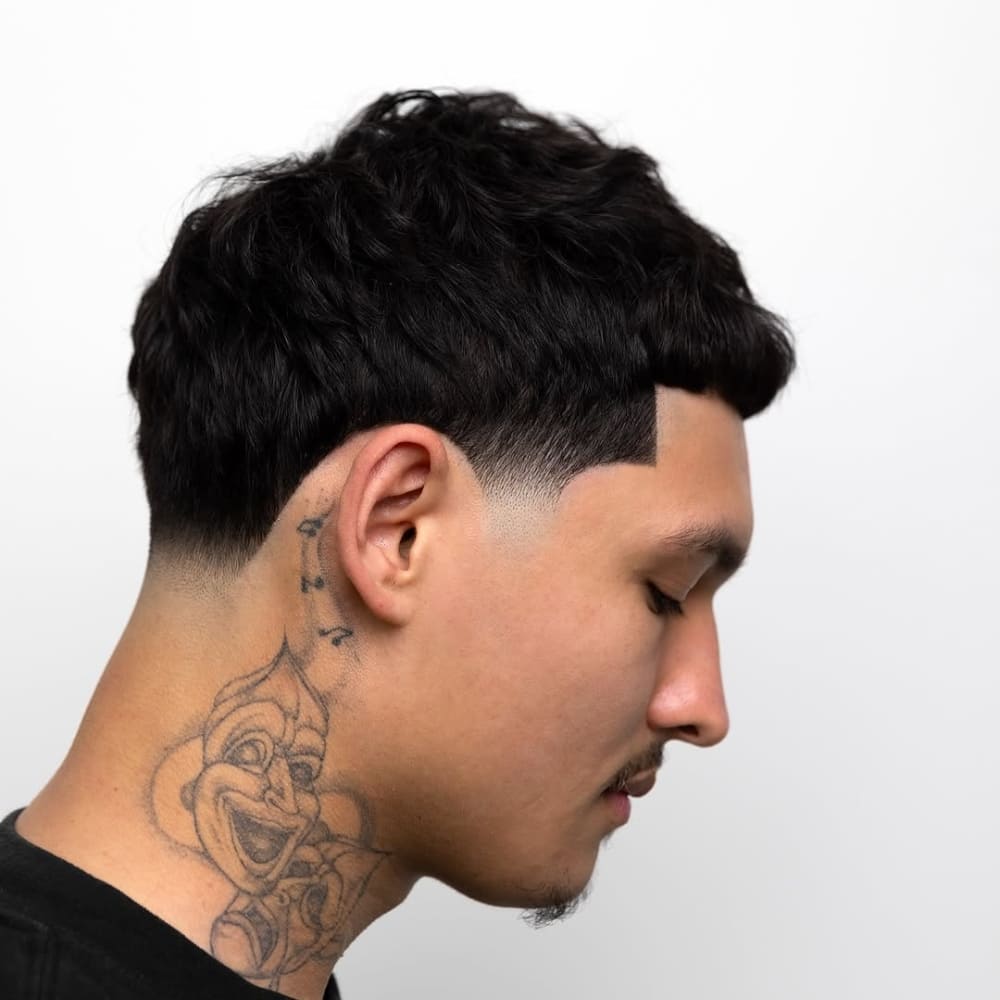
A low taper is a controlled cut where the hair gradually shortens at the sides and neckline, blending lower on the head than a fade. Unlike a full fade, the taper only tapers down to the skin around the sideburns and nape, keeping more length on the sides and back.
This creates a smooth, natural transition that looks refined without being overly sharp. It pairs well with structured styles like comb-overs and side parts, as well as modern cuts such as textured crops — giving you a versatile look that holds up in both business and casual settings.
What Is a Low Fade?
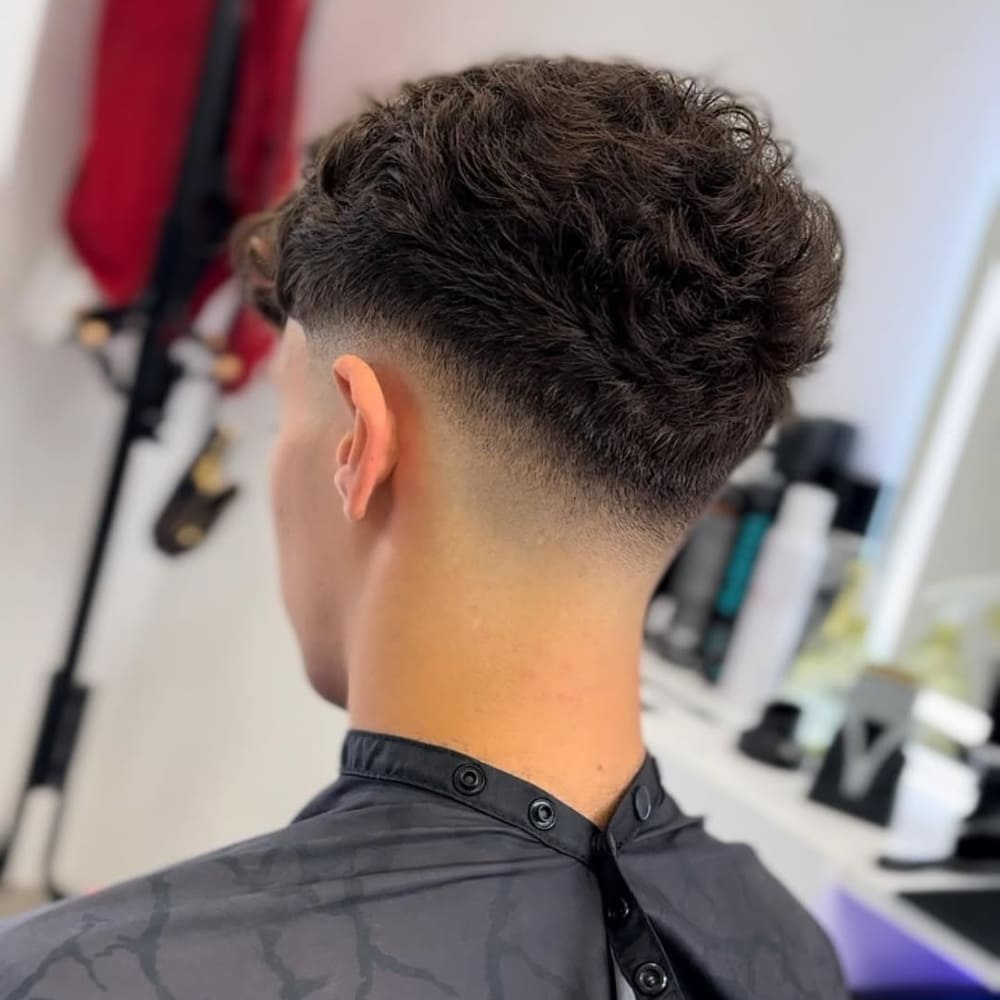
A low fade is a modern cut defined by its sharp transition into the skin. The hair is blended tightly at the sides and back, creating a bold contrast that stands out more than a taper.
This style is a go-to for men who want a crisp, fashion-forward look. It works especially well with shorter cuts like buzz cuts, textured crops, and pompadours, but it can also sharpen longer styles. The trade-off is maintenance — keeping a low fade fresh means visiting your barber every couple of weeks.
Low Taper vs Low Fade: Key Differences
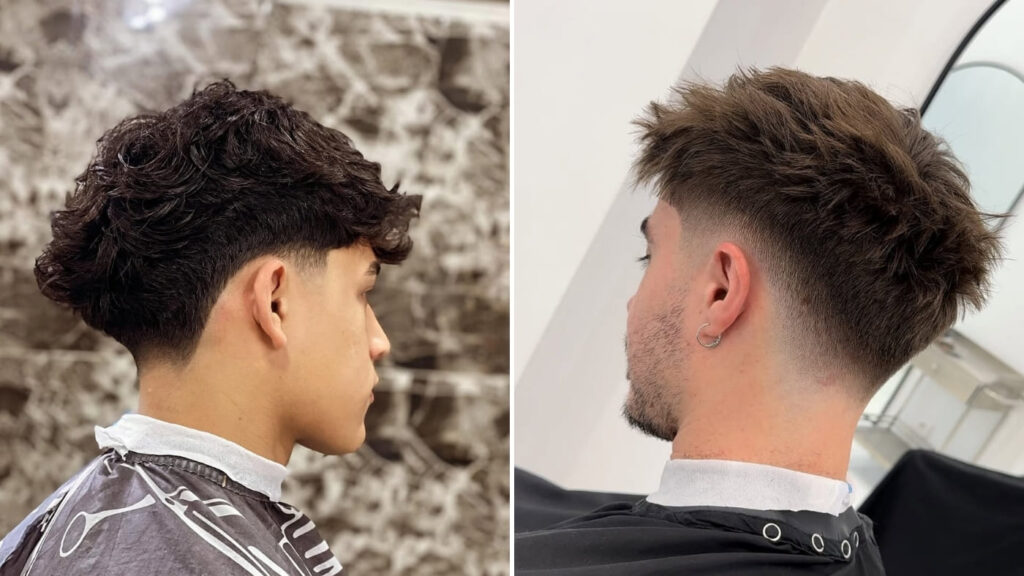
Choosing between a low taper vs low fade comes down to four main factors: transition, versatility, maintenance, and how the cut matches your face shape and lifestyle.
Both deliver sharp results, but the right choice depends on what works best for you.
Transition: Subtle vs. Bold
The low taper is all about subtlety. The hair gradually shortens and may blend to the skin at the sideburns and neckline, but it keeps more length on the sides and back for a controlled, understated look.
The low fade, on the other hand, delivers sharp contrast. The blend drops to the skin at the sides and back, producing a clean, defined edge that stands out immediately.
Versatility: Classic vs. Modern
The low taper works with nearly any haircut — from comb-overs and side parts to textured crops and longer styles. It’s adaptable, grows out evenly, and transitions well between professional and casual settings.
The low fade is best suited for modern, structured cuts. It enhances buzz cuts, crops, and pompadours with definition, and it can highlight curly or wavy textures by keeping the sides ultra-neat.
Maintenance: Easy vs. Demanding
The low taper is low-maintenance. Its softer transition means it grows out evenly, so you can usually go 3–5 weeks between barber visits.
The low fade requires more upkeep. Because the skin blend loses definition quickly, most men refresh it every 2–3 weeks to keep it looking sharp.
Face Shape: Balanced vs. Defined
The low taper softens strong or angular features, making it a smart choice for square faces. It also works well on oval faces since the style keeps everything balanced.
The low fade adds structure and angles, which helps round faces look sharper. It also balances a wider forehead on heart-shaped faces by drawing attention lower on the head.
Work & Lifestyle: Professional vs. Athletic
The low taper projects a refined, understated image, making it ideal for professional and business settings. Its versatility also makes it reliable for casual and social situations.
The low fade pairs well with an active or fashion-forward lifestyle. Its sharp edges complement athletic looks and modern streetwear but demand more frequent upkeep.
The Bottom Line on Key Differences
When it comes to the low taper vs low fade, the choice is about more than just appearance.
The taper gives you a subtle, adaptable cut that grows out evenly and works in any setting. The fade delivers sharper contrast, demanding more upkeep but rewarding you with a bold, modern edge.
Understanding how each style fits your face shape, daily routine, and grooming habits makes the decision simple — one prioritizes versatility, the other sharp definition.
Which One Is Best for You?
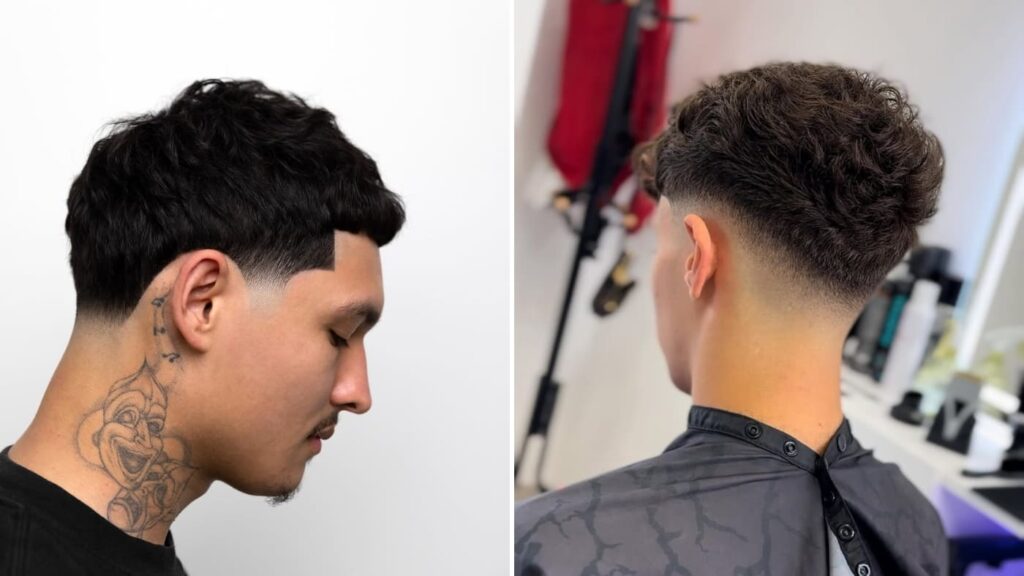
Deciding between a low taper vs low fade depends on how you want your haircut to look and how much upkeep you’re willing to put in. Both cuts are sharp, but they serve different needs.
Go with a Low Taper if you want:
- A smooth, natural transition instead of sharp contrast.
- A versatile cut that fits both classic and modern styles.
- A professional-friendly cut that grows out evenly.
- Lower maintenance with fewer barber visits.
Choose a Low Fade if you want:
- A bold, high-contrast style that drops into the skin.
- A modern look that pairs best with shorter cuts.
- A sharper edge that fits an athletic or trend-focused lifestyle.
- Crisp definition that needs regular upkeep.
The taper is the practical choice if you want versatility and longevity. The fade is the statement option if you prefer sharper edges and don’t mind more frequent trims.
Final Verdict: Low Taper vs Low Fade
There’s no universal winner in the low taper vs low fade debate — it’s about which cut matches your lifestyle and the image you want to project. If you value versatility and a style that works everywhere, the taper is the smarter choice. If you want sharp definition and don’t mind the upkeep, the fade delivers a modern edge that stands out instantly.
Most barbers agree that this choice comes down to lifestyle: the taper offers consistency, while the fade delivers contrast. Either way, both cuts will give you a disciplined, well-groomed look when executed by a skilled barber.

